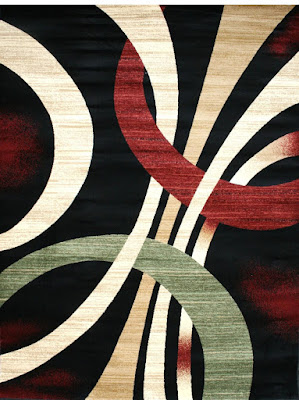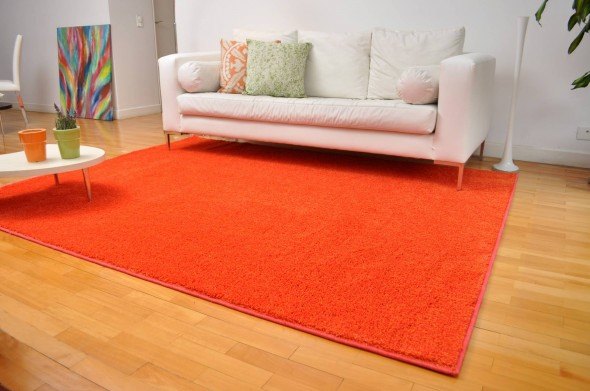Time and again, they have been called the ‘only practical pieces of fine art’ existing in this world. Why? What’s to these floor coverings more than the thick fabrics? What lies in their history?
Well, let’s go back to the ancient period of the Achaemenid Empire, when carpet weaving was a vibrant art. The thing had gone from being simple to being intricate, from being a layer of protection to the tribesmen’s hut to adorning the floors of the kings and noblemen, for being a basic need to being a symbol of wealth and riches.
The colors were varied and designs were unique. A typical characteristic was the use of rich color combinations. The rugs had very distinct knots and extremely thick.
It is still not clear who invented the art of such weaving. However, the nomadic lifestyle and severe winters are believed to have encouraged the invention of the same.
However, it is assumed that the art had developed more than 4000 years ago. In fact, there’s clear evidence that the art form had existed in the Middle East and parts of Asia more long before 2000 BC. Remember Homer’s Iliad? Yes, weaving has been mentioned in it, too! Also, the many traditional rugs that you see today have actually evolved from this very form.
There yet evidence of the art in the times of the Sassanid Dynasty. The rugs weaved during that period get a mention in the Chinese Sui Annals of A.D 590-617. What’s more, even Cleopatra had witnessed the richness of these items! Remember her encounter with Caesar, when she rolls up to his feet in an Oriental carpet?
Yes, the history is indeed glorious! So, the next time when you buy online carpets with an Oriental touch, you can very well rejoice in the fact that you are purchasing something regal.
About the first Oriental rug:
In the year 1948, a hand-knit rug was excavated in Central Asia in the Altai Mountains near Pazryk covering a semi-frozen Scythian tomb. This is the oldest known evidence of Oriental rugs till date, and is believed to have originated in the 4th century B.C. It is now on exhibition in Russia’s Hermitage Museum.
The rug bears very sophisticated patters, which are mostly floral, geometric or pictorial. An interesting thing about it is the presence of about 225 intact, symmetrical knots, which depict the prowess of the weavers of that era. This art is followed till date and portrayed in most traditional rugs.
Modern-day rugs still have the richness intact:
An amalgamation of natural materials, rich colours, intricate patterns and the goodness of the Orient can still be found in modern-day creations. Although weaving has been mostly mechanised, the warm heritage still lingers on.
The history has been diverse, but intriguing. And, it still keeps encouraging weavers of today to create the same blend in different flavours. Indeed, the rugs have overcome every geographic barrier to make an impact on the entire globe. They are an integral part of our culture now, and humankind is hell bent on preserving them for a million years to come!























